Should Tour Guides Be Tipped? What Every Operator Needs to Know
Ever had a client pull you aside at the end of a tour and whisper, “Am I supposed to tip the guide?”
If you're like most travel operators, you've probably been there more than once. It’s awkward. You don’t want your client to feel pressured or clueless—but you also don’t want your guide walking away unappreciated.
Tipping is one of those gray areas no one really talks about, yet everyone has questions about. Expectations shift depending on the country, the culture, even the type of traveler.
When you're the one organizing the trip, you're caught in the middle—trying to keep your clients happy, your guides motivated, and your reputation solid.
Here’s the good news: this doesn’t have to be complicated. You just need a clear, professional stance—and the right context to support it.
In this article, you’ll learn exactly what to say when clients ask about tipping tour guides. You’ll get clarity on when tips are expected, how much is appropriate, and how to manage expectations without creating awkwardness for anyone involved.
Why This Question Comes Up So Often

Tipping isn’t just about money—it’s about culture, comfort, and expectations. That’s why the question “Should tour guides be tipped?” pops up all the time, especially for international tours or mixed groups of travelers.
What’s considered normal in one country can be seen as rude or even offensive in another. In the U.S., tipping service providers—guides included—is second nature.
But in places like Japan, it can feel awkward or out of place. And in some parts of Europe or South America, tipping might be welcomed but not expected. The result? Confusion for travelers and tension for operators trying to keep everything running smoothly.
The other reason this question comes up so often is because no one wants to get it wrong. Clients don’t want to seem cheap or disrespectful, but they also don’t want to feel pressured to give extra if it’s not necessary.
On the flip side, guides often rely on tips as part of their income, but they rarely want to ask for them outright.
All of this puts the burden on you—the operator or agent—to help bridge the gap. And that’s why understanding the tipping landscape is more than just a nice-to-have. It’s a professional must.
Should Tour Guides Be Tipped?

Let’s get straight to it: yes, in most cases, tour guides should be tipped. But there’s a “but”—and it’s a big one. Whether tipping is expected or appropriate depends on a few key factors: the country you’re in, the type of tour, and the client’s cultural background.
In the travel industry, tipping a guide is generally seen as a way to show appreciation for great service.
Guides do more than just recite facts—they manage group dynamics, solve problems on the fly, personalize experiences, and often go way beyond what’s written in the itinerary. A tip is a small way to acknowledge all of that.
That said, not every situation calls for a tip. In some countries, gratuities are included in the tour price.
In others, tipping is discouraged entirely. And sometimes, the level of formality or the length of the tour makes tipping feel unnecessary—like during a 30-minute walking tour where the guide is more of a local volunteer than a trained professional.
So here’s the rule of thumb: If the guide is providing a service where they’re engaging personally with the group, managing logistics, and enhancing the overall experience, a tip is usually expected—and appreciated.
What Factors Influence Whether Tipping Is Expected?
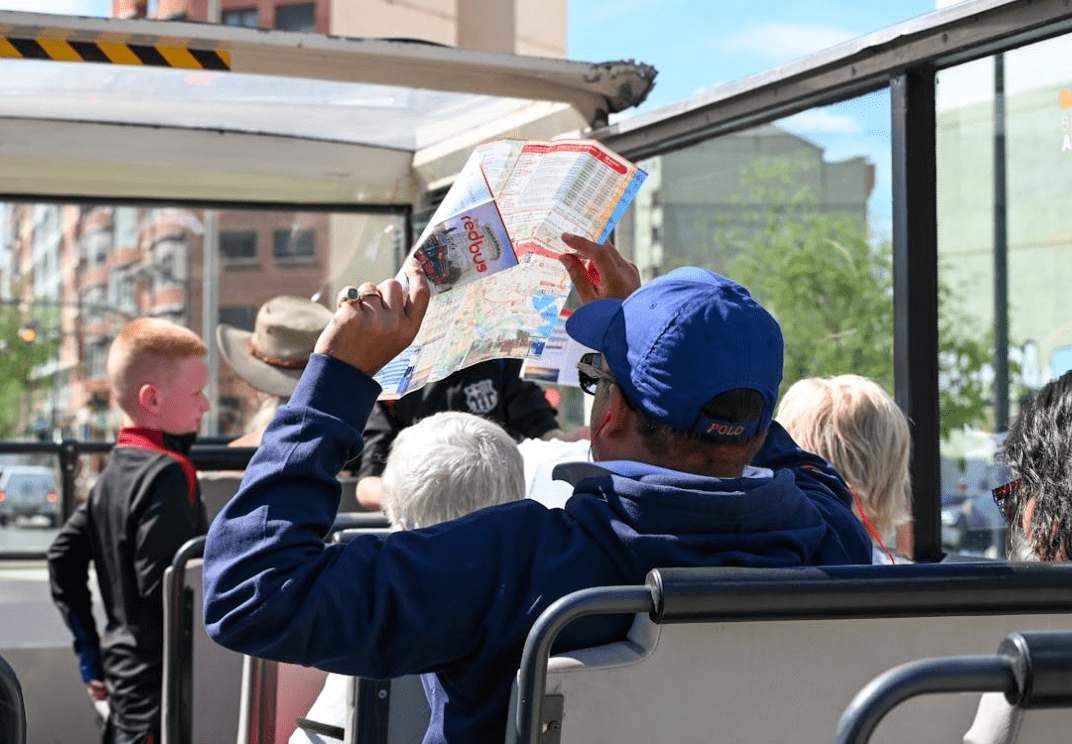
Tipping expectations aren’t one-size-fits-all. Whether or not a tour guide should be tipped—and how much—depends on several key factors.
As a travel operator, understanding these helps you give your clients better advice and avoid awkward misunderstandings.
1. Country and Local Culture
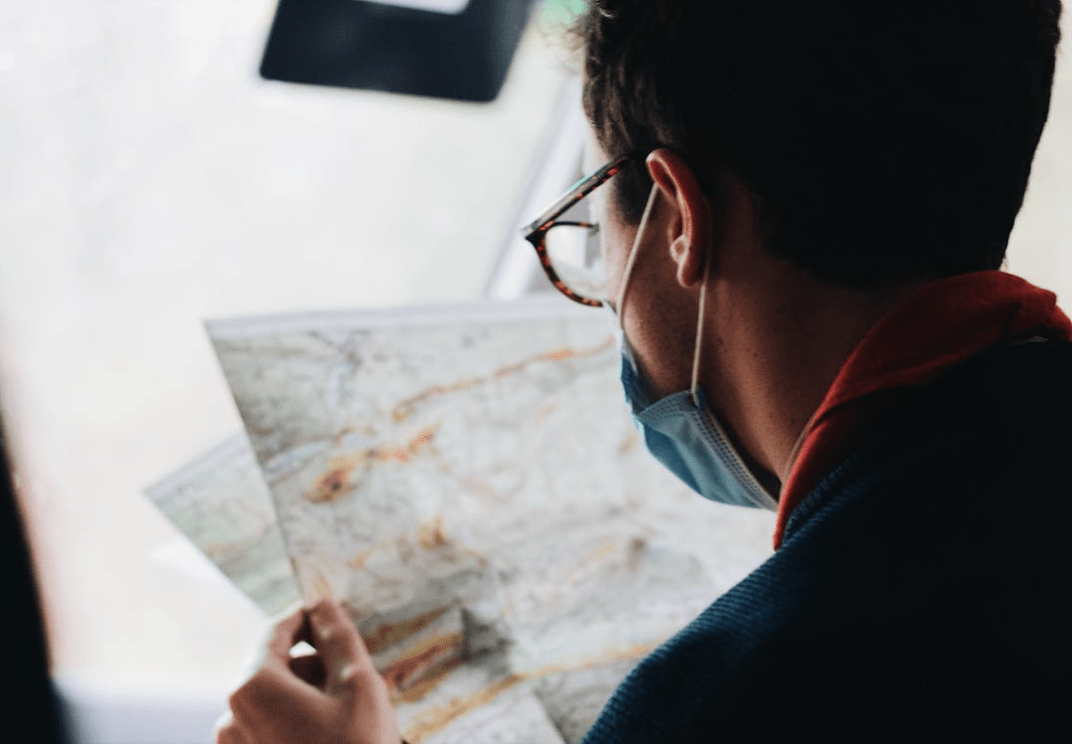
This is the biggest factor. In the U.S., tipping is baked into service culture. In Japan, tipping can actually be seen as disrespectful.
In many European countries, tipping is appreciated but not expected—often rounding up the bill or giving a few extra euros is enough. Meanwhile, in countries across Southeast Asia, Latin America, and Africa, tipping can be an important part of a guide’s income.
Tip: Always do your homework on the destination and include basic tipping advice in your client pre-departure materials.
2. Type of Tour
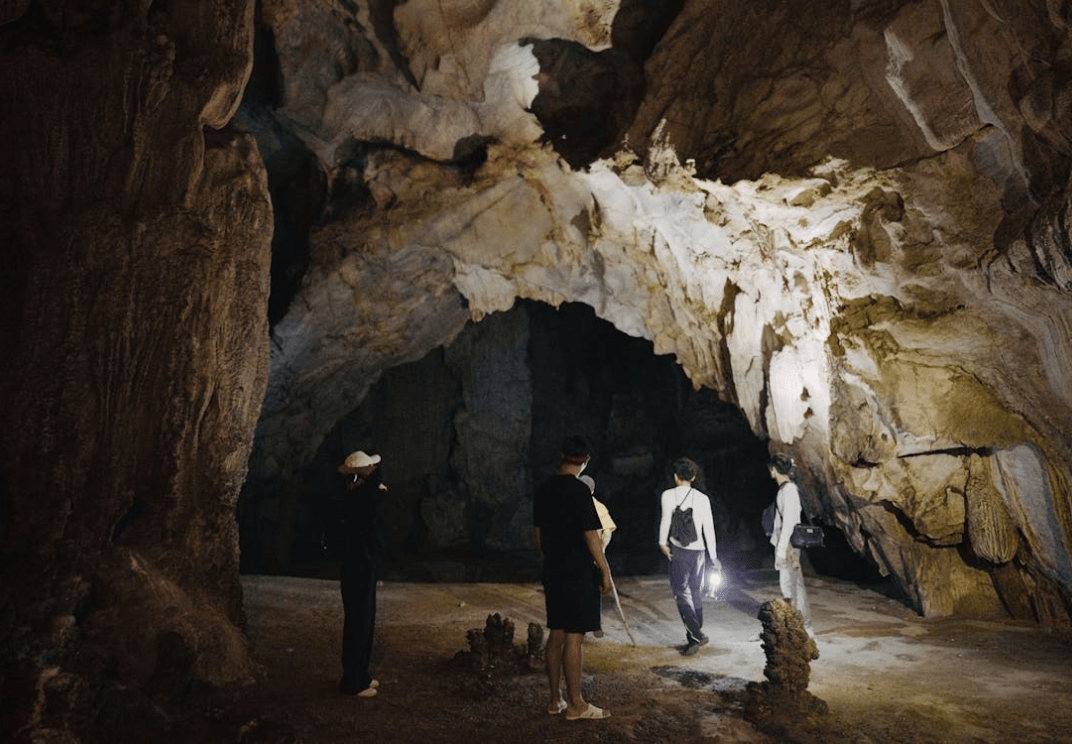
A half-day group bus tour doesn’t carry the same tipping expectations as a week-long private guided safari.
The more personalized and immersive the experience, the more tipping becomes part of the unspoken etiquette.
- Private Tours: Tipping is almost always expected.
- Group Tours: Often optional, but common.
- Short Experiences or Local Walks: Lower expectations, but small tips still appreciated.
3. Length and Intensity of the Tour

Did the guide just show up for an hour and point out landmarks? Or did they spend five days navigating logistics, adapting to client needs, and managing personalities?
The longer and more hands-on the experience, the more appropriate tipping becomes.
4. Client Demographic

Travelers from tipping cultures (like the U.S. or Canada) tend to tip automatically. Others, like those from parts of Asia or Northern Europe, may not even consider it unless it’s explained. This is where you, as the operator, can step in with helpful, proactive guidance.
5. Is the Tip Already Included?

Some tour packages include gratuities in the price. But even when tips are technically included, clients may still want to give extra if the guide went above and beyond.
Make sure your materials clearly state whether gratuities are included—and if not, what’s customary.
How Much Is Appropriate?
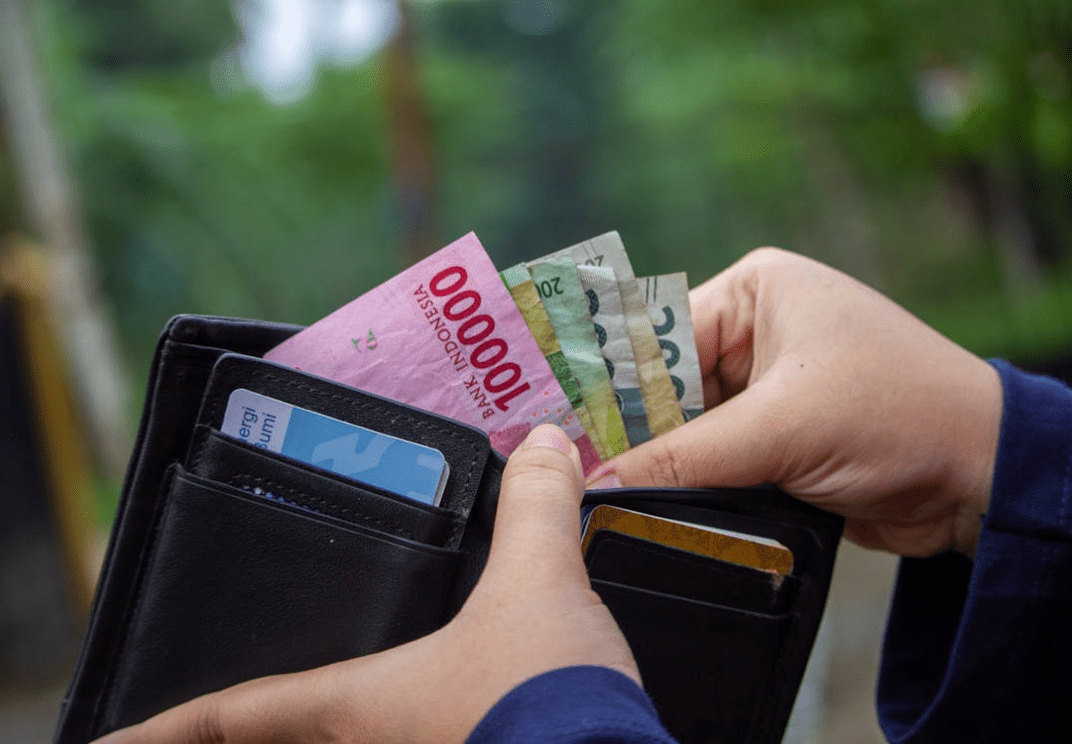
This is the question your clients will ask you the most—right after “Should I tip at all?” Once they’ve decided to tip, they don’t want to guess what’s considered fair. Giving them a simple, clear answer helps eliminate stress and avoids under- or over-tipping.
Here’s a practical guide you can share:
For Day Tours:
- Group Tour: $5–$10 per person for a half-day, $10–$20 for a full-day.
- Private Tour: $20–$50 per day, depending on the level of service and group size.
For Multi-Day Tours:
- $5–$10 per person, per day for the guide.
- If there’s also a driver, about half that amount is common.
- For luxury or adventure travel, tips can go up to $15–$25 per person, per day.
For Free Walking Tours:
- Even if the tour is labeled “free,” tips are how the guide gets paid.
- Recommend $5–$10 per person depending on length and quality.
These ranges can shift based on the local economy, exchange rates, and what’s customary in that destination. When in doubt, it’s better to frame it as a gesture of appreciation rather than a hard obligation.
What You Can Tell Clients
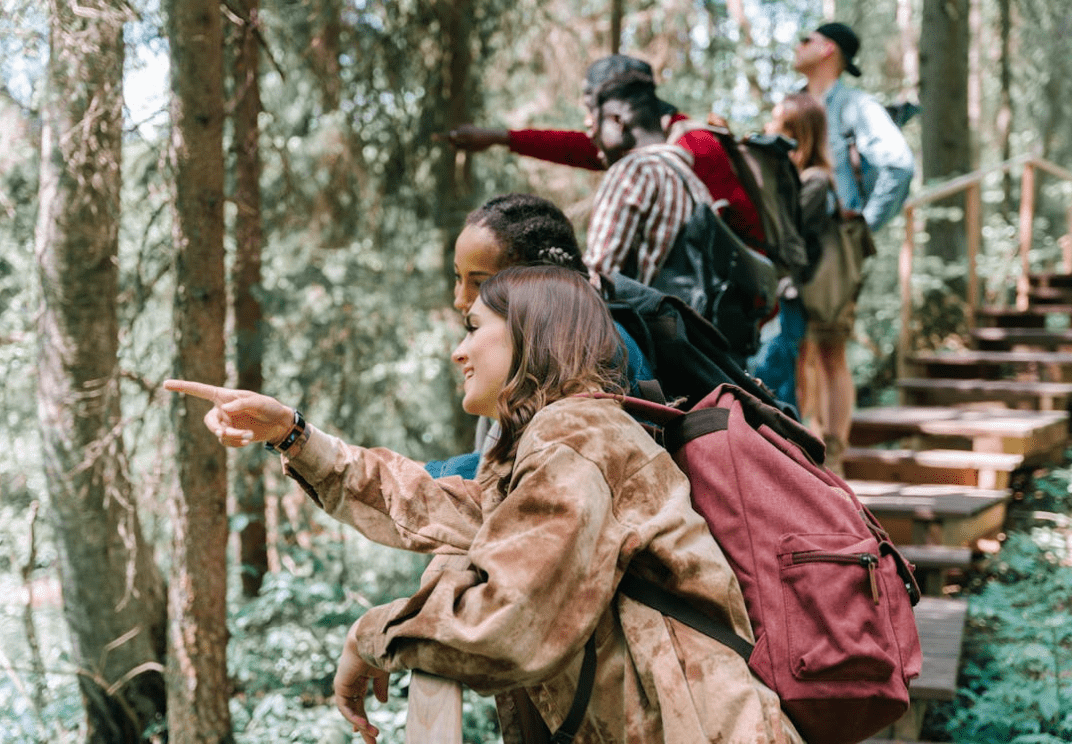
Not everyone wants to hear numbers. Some prefer guidance like:
- “If your guide added real value to your experience—sharing local stories, keeping things organized, and going out of their way to help—it’s customary to show appreciation with a tip. In this area, around $10–$20 per day is a good baseline.”
It’s also helpful to recommend cash in local currency whenever possible, especially in areas where mobile payments or credit cards aren’t accepted.
Best Practices for Travel Operators

If you're in the business of planning or selling tours, you're also in the business of managing expectations.
Tipping is one of those things that, when left unclear, can lead to awkward moments or unhappy guests. But handled right, it can make you look polished, prepared, and trustworthy.
Here’s how to take control of the tipping conversation:
1. Address It Up Front
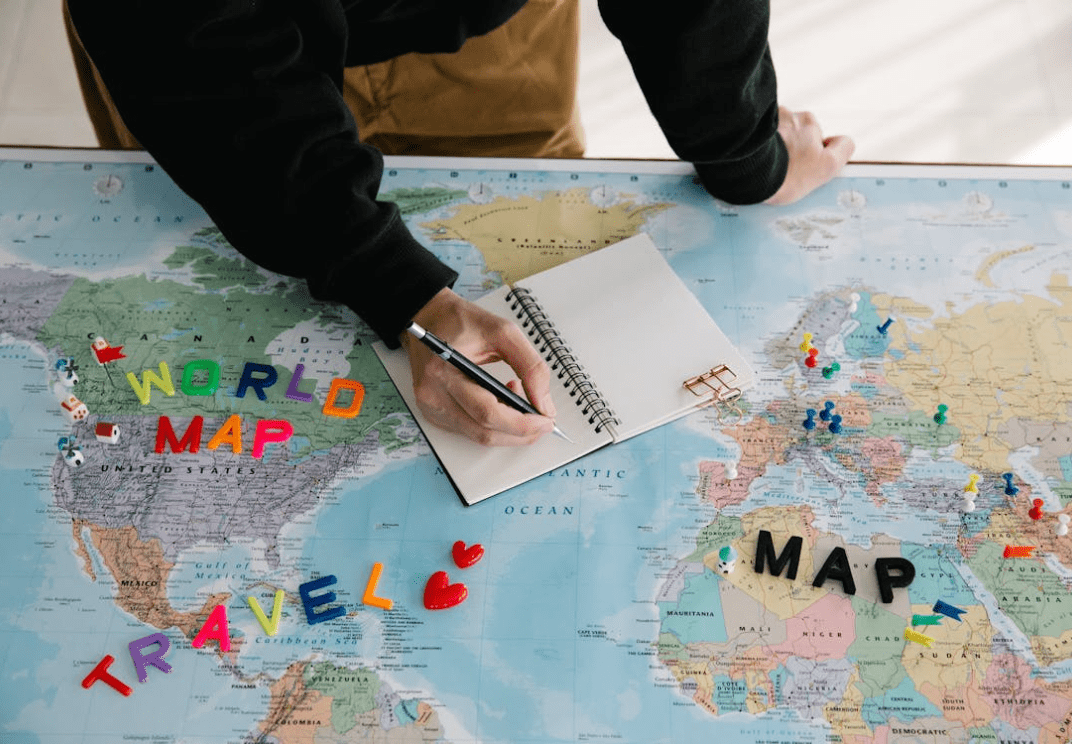
Don’t wait for your clients to ask. Include a short, friendly section in your trip materials or welcome packet that answers the tipping question clearly. You can even title it something like “Tipping: What’s Customary?” to keep the tone approachable.
2. Be Culturally Aware

Wherever possible, offer tipping guidance that’s informed by the destination. A sentence or two is all it takes:
- “In Peru, tipping tour guides is appreciated but not required. For day tours, $10–$15 USD per person is a typical thank-you.”
This shows you’re knowledgeable—and it helps your clients avoid uncomfortable missteps.
3. Let Clients Know What’s Included

If gratuities are included in the price, make that clear. And if they’re not, say so plainly. Clients appreciate transparency, and this also avoids duplicate tipping or awkward questions later.
4. Give Optional Ranges

Instead of setting a fixed dollar amount, offer a suggested range and let clients decide what feels right. This keeps things flexible while still giving them direction.
- “Tips aren’t required, but if you’d like to show appreciation, $5–$10 USD per person for a half-day tour is typical.”
5. Coach Your Guides

If you work directly with guides, train them on how to handle tipping gracefully. They should never pressure guests, but they can subtly let people know that tipping is customary—especially on “free” tours.
Even a simple line like “Tips are appreciated if you enjoyed the tour!” at the end can go a long way.
6. Make It Easy

Encourage your guides to accept tips in local currency and USD if relevant, especially in tourist-heavy areas. If digital tipping is common in the destination, include a QR code or link in your final tour documents.
When you lead the tipping conversation with clarity and professionalism, you make life easier for your clients, your guides, and yourself.
Tipping Etiquette Around the World

When you’re sending clients across borders, one of the biggest service pitfalls they can run into is assuming tipping works the same everywhere. It doesn’t. And a well-meaning tip (or lack of one) can easily be misunderstood.
Here’s a quick rundown of tipping norms in different parts of the world to help you guide your clients with confidence:
United States & Canada

Tipping is expected—and often essential. Tour guides typically receive $10–$20 per person per day. Not tipping is considered rude unless the service was genuinely poor.
Europe
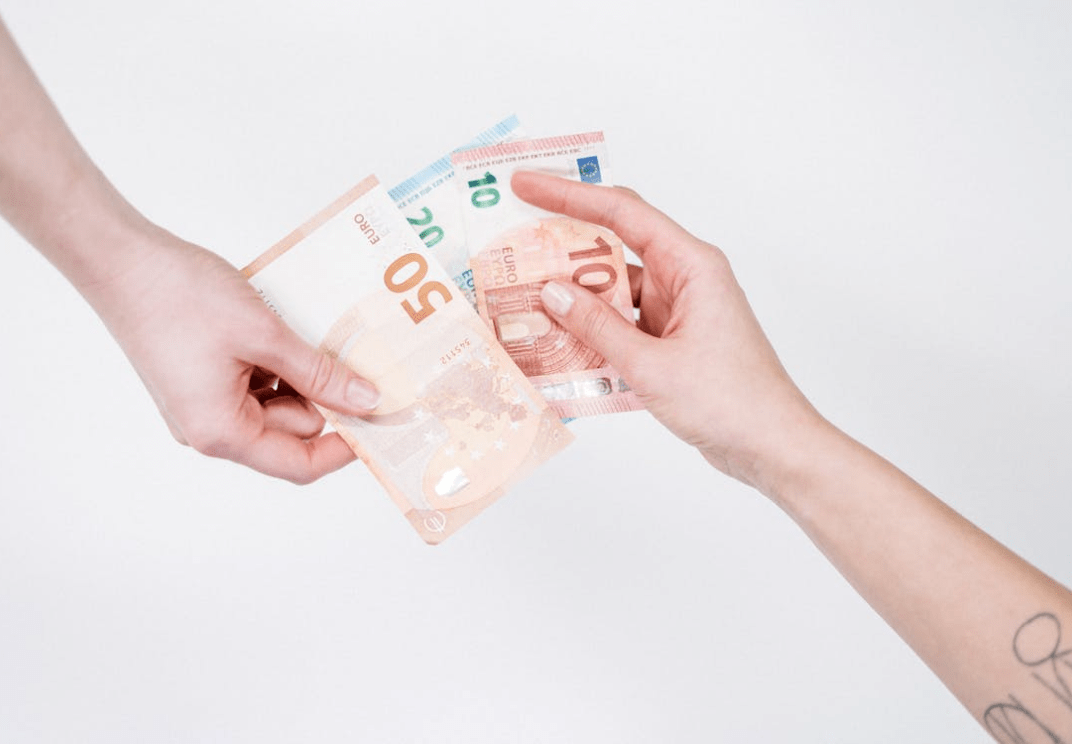
Expectations vary by country:
- Western Europe (e.g., France, Germany): Tipping is appreciated but modest. Rounding up or €5–€10 for day tours is common.
- UK & Ireland: Tipping isn’t required, but appreciated. For guided tours, £5–£10 is a nice gesture.
- Eastern Europe: Tipping is more expected than in the west. Tour guides often rely on tips as part of their income.
Japan
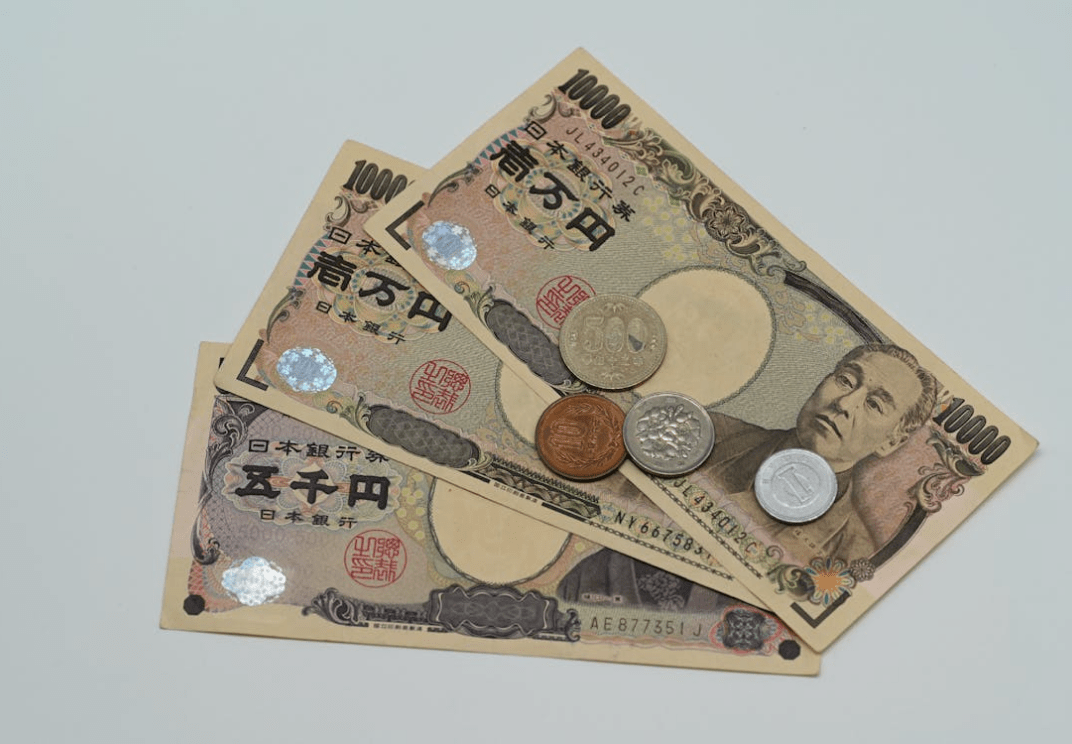
Tipping is not part of the culture and can even be seen as offensive. Instead, encourage clients to express thanks verbally or write a short note of appreciation.
Mexico & Central America

Tipping is common and expected. Tour guides typically receive $5–$10 per person for a half-day, and $10–$20 per person for a full day.
Southeast Asia
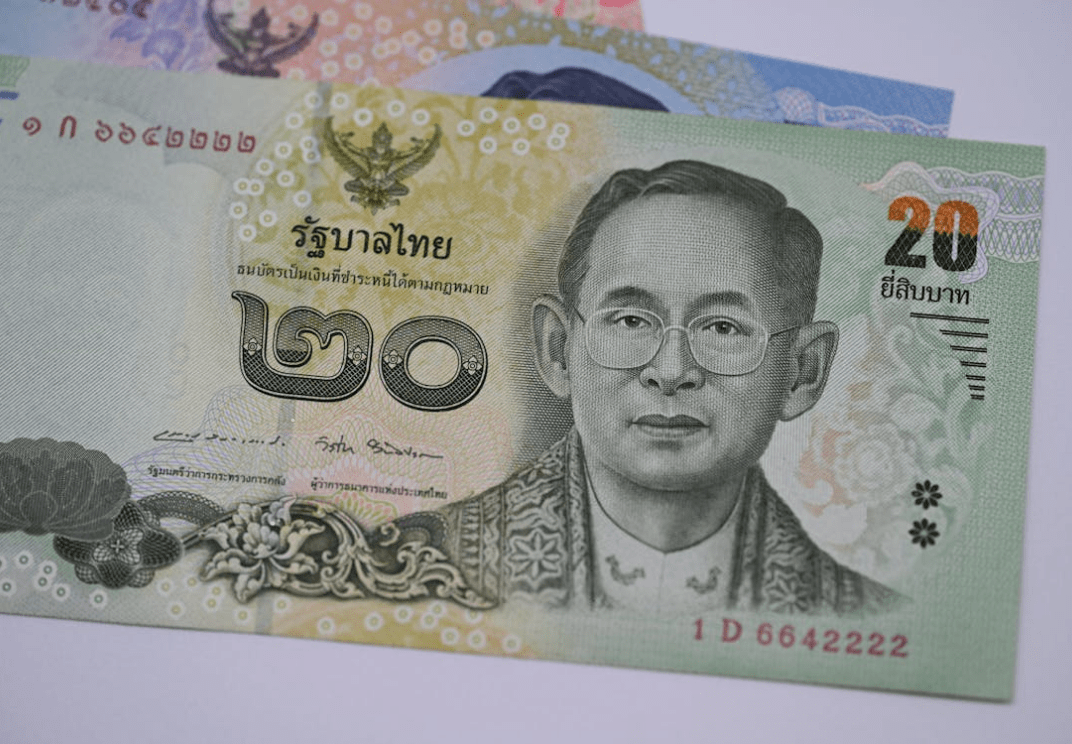
In places like Thailand, Vietnam, and Cambodia, tipping is appreciated and often expected, especially on private or full-day tours. Suggest $5–$15 per day, depending on the service level.
Africa

On safaris or adventure tours, tipping is a major part of guide income. $10–$20 per guest per day is standard. In group settings, pooling tips for all staff is common.
Conclusion
Tipping tour guides doesn’t have to be confusing—or awkward—for your clients. As a travel operator, you're in the perfect position to take the lead and offer clear, thoughtful guidance.
In most parts of the world, tipping guides is either expected or at least appreciated. That said, there’s no universal rule.
Whether or not a tip is appropriate depends on the destination, the kind of tour, and your clients' cultural background. That’s why it’s so important to help them navigate this with confidence.
Your clients trust you to handle the details—and this is one of those details that can make or break the experience. When you explain tipping upfront, you remove the stress of guesswork.
You make it easier for clients to feel good about their decisions. And you ensure your guides feel recognized and valued.
So be proactive. Address tipping early, keep your advice simple, and always frame it as a way to show appreciation when a guide has added real value. When you do that, you elevate the whole travel experience—for everyone involved.





